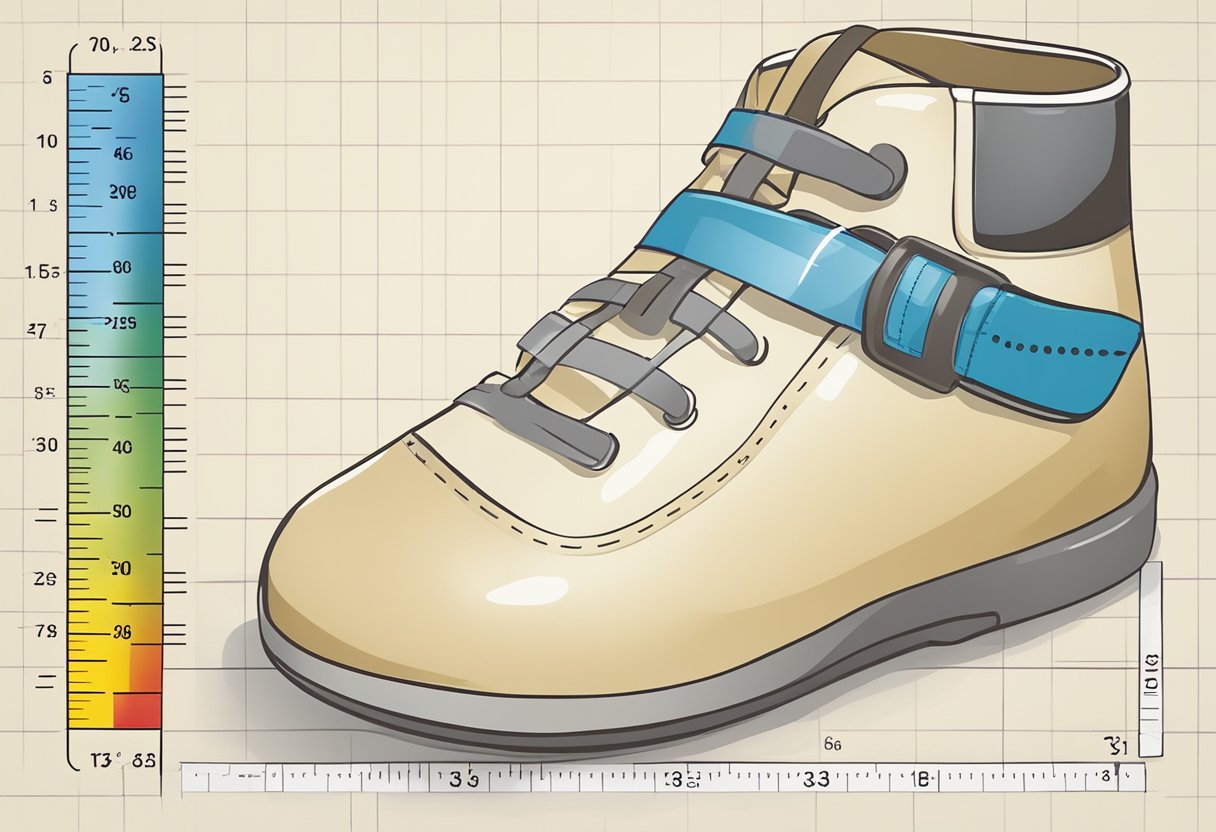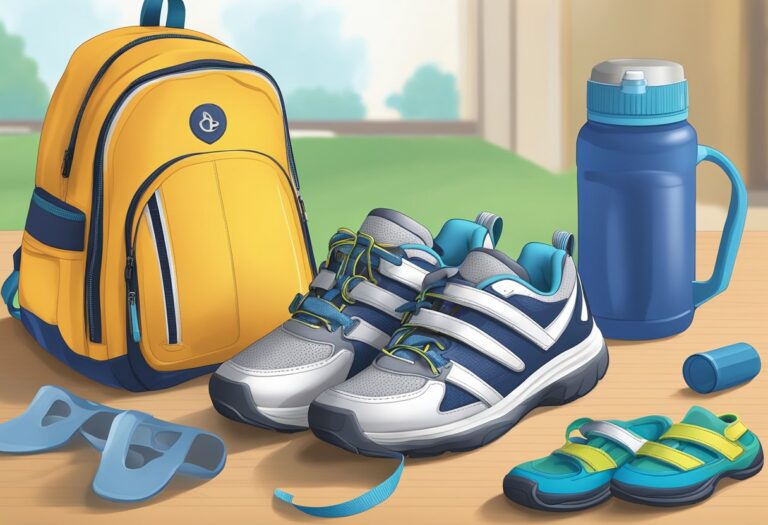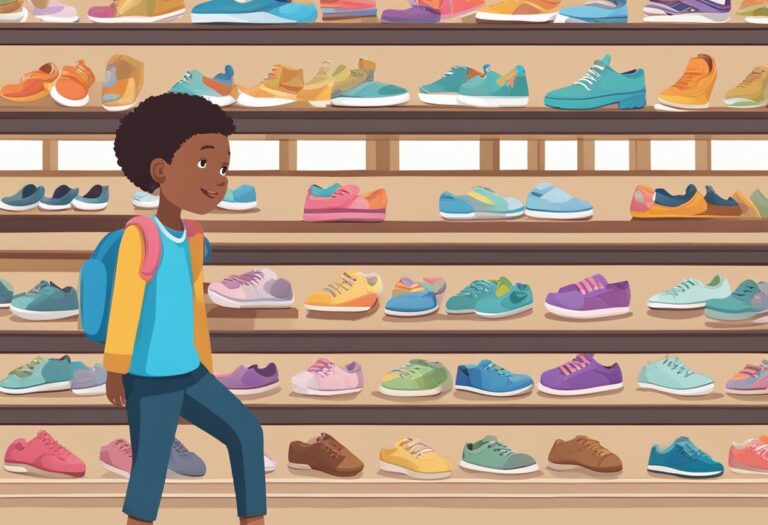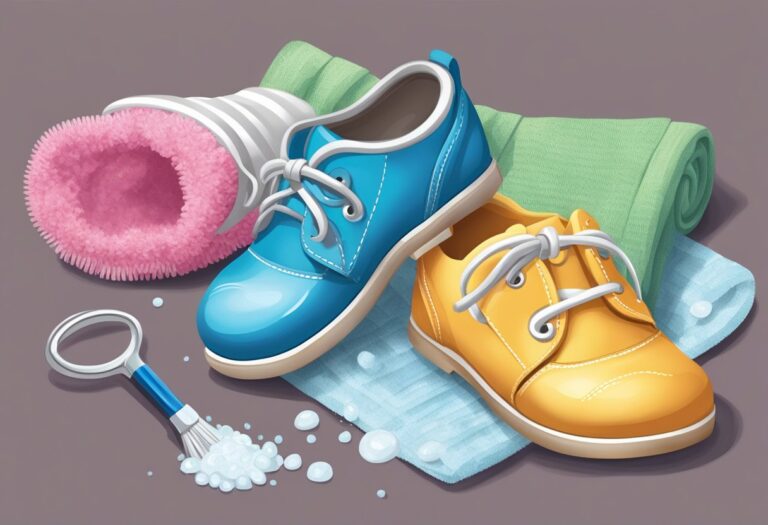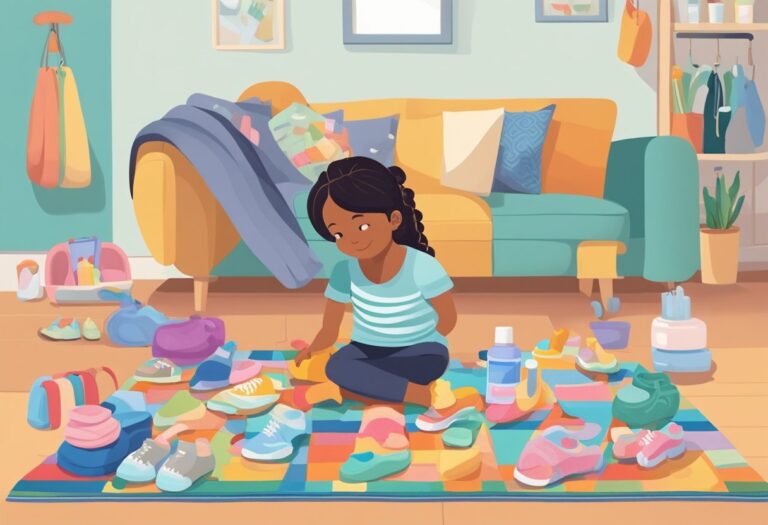How to Choose the Right Size for Kids’ Shoes: A Guide for Confident Parents
How to Choose the Right Size for Kids’ Shoes: A Guide for Confident Parents
When it comes to selecting shoes for kids, size is a crucial factor. Choosing the right size for kids’ shoes can ensure their comfort and prevent foot injuries. However, with growing feet and varying shoe sizes across different brands, it can be challenging to determine the correct size. This article provides some tips on how to choose the right size for kids’ shoes.

Firstly, it’s essential to measure the child’s feet regularly, as their feet can grow quickly. Use a measuring tape or a foot measuring device to measure the length and width of both feet. It’s common for one foot to be slightly larger than the other, so always choose the size that fits the larger foot. Additionally, measure the feet at the end of the day when they are at their largest size.
Secondly, consider the type of shoes and the activities the child will be doing in them. Shoes for different activities, such as running or hiking, may have different sizing requirements. It’s also important to consider the child’s foot shape and arch support needs. Some children may require wider or narrower shoes, or shoes with additional arch support. By taking these factors into account, parents can ensure their child’s shoes fit comfortably and provide adequate support for their feet.
Understanding Kids’ Shoe Sizes

Measure Foot Length
When it comes to choosing the right size for kids’ shoes, measuring foot length is crucial. It is recommended to measure both feet as they may differ in size. To measure foot length, place the foot on a piece of paper and mark the heel and the longest toe. Measure the distance between the two marks in inches or centimeters. Then, refer to a shoe size chart to determine the appropriate shoe size.
Consider Width and Arch Support
Apart from foot length, it’s important to consider the width and arch support of the shoe. A shoe that’s too narrow or too wide can cause discomfort and even lead to foot problems. Arch support is also important to ensure proper foot alignment and prevent pain. Look for shoes with a wide toe box and good arch support to ensure a comfortable fit.
Account for Growth
Kids’ feet grow rapidly, so it’s important to account for growth when choosing shoe sizes. It’s recommended to leave a thumb’s width of space between the longest toe and the end of the shoe to allow for growth. However, it’s also important not to choose shoes that are too big as they can cause tripping and discomfort.
By understanding kids’ shoe sizes and considering foot length, width, arch support, and growth, parents can choose the right size for their child’s shoes and ensure their comfort and foot health.
Interpreting Shoe Size Charts

When it comes to buying shoes for kids, it is important to understand how to interpret shoe size charts. This will help you find the right size for your child’s feet, ensuring that they are comfortable and well-supported.
Compare International Sizes
Shoe sizes can vary between countries, so it is important to compare international sizes when shopping for shoes. The most common shoe size chart used internationally is the Mondopoint system, which measures foot length in millimeters. This system is used in Europe, Asia, and many other parts of the world.
In the United States, shoe sizes are typically measured in inches or centimeters. To convert these sizes to Mondopoint sizes, you can use a conversion chart. It is important to note that shoe sizes can also vary between different brands, so it is always a good idea to check the brand’s specific size chart before making a purchase.
Brand-Specific Variations
Many shoe brands have their own unique sizing systems, so it is important to check their size chart before purchasing shoes. Some brands may run larger or smaller than others, so it is important to take this into account when selecting a size.
In addition, some brands may offer different widths for their shoes. It is important to consider your child’s foot width when selecting a shoe size, as a shoe that is too narrow or too wide can cause discomfort and even lead to foot problems.
Overall, understanding how to interpret shoe size charts can help you find the right size for your child’s feet, ensuring that they are comfortable and well-supported. By comparing international sizes and checking brand-specific variations, you can make an informed decision when purchasing kids’ shoes.
Practical Tips for Choosing Shoes

Opt for Adjustable Features
When selecting shoes for kids, it’s important to choose ones that can be adjusted to fit their feet properly. Look for shoes with adjustable features such as laces, straps, or buckles. This will allow the shoes to be tightened or loosened as needed to ensure a comfortable and secure fit.
Prioritize Comfort Over Style
While it’s tempting to choose shoes that look stylish, it’s more important to prioritize comfort. Shoes that are too tight or too loose can cause discomfort and even lead to foot problems. Look for shoes that have a cushioned insole and provide good arch support. Avoid shoes with high heels or a narrow toe box, as these can put pressure on the feet and cause discomfort.
Select Durable Materials
Kids are active and can be hard on their shoes. When selecting shoes, look for ones made from durable materials such as leather or canvas. These materials can withstand wear and tear and are easy to clean. Avoid shoes made from cheap materials that can easily tear or break down.
By following these practical tips, parents can choose the right size shoes for their kids that are comfortable, durable, and provide the necessary support for healthy foot development.
When to Buy New Shoes

Recognizing Signs of a Poor Fit
It’s important to keep an eye out for signs that your child’s shoes no longer fit properly. Here are a few things to look for:
- Your child complains of foot pain or discomfort
- The shoes are visibly worn or damaged
- The shoes are too tight or too loose
- Your child’s toes are cramped or overlapping
- Your child’s heel slips out of the shoe when walking
If you notice any of these signs, it’s time to start shopping for new shoes.
Seasonal Considerations
In addition to the signs of a poor fit, there are also seasonal considerations to keep in mind when buying new shoes for your child. For example:
- During the summer months, your child’s feet may swell due to heat and humidity. It’s important to choose shoes that are breathable and have room for the feet to expand.
- During the winter months, your child may need shoes that are insulated and waterproof to protect their feet from the cold and wet weather.
- As your child grows, their shoe size will change. It’s important to check their shoe size regularly and replace their shoes as needed.
By keeping an eye out for signs of a poor fit and considering seasonal factors, you can ensure that your child always has the right size and style of shoes to keep their feet healthy and comfortable.
Involving Your Child in the Process

Encourage Child’s Feedback
When it comes to choosing the right size for your child’s shoes, it’s important to involve them in the process. One way to do this is by encouraging your child to provide feedback on the fit and comfort of the shoes they try on.
During the shoe shopping process, ask your child how the shoes feel on their feet. Are they too tight or too loose? Do they feel comfortable? Encourage your child to walk around in the shoes to get an idea of how they will feel during everyday activities.
By involving your child in the process and listening to their feedback, you can ensure that they are comfortable and happy with their new shoes.
Making Shoe Shopping Fun
Shoe shopping can be a fun experience for both you and your child. To make the process more enjoyable, consider turning it into a game.
Create a checklist of things to look for when trying on shoes, such as fit, comfort, and style. Give your child a score for each item on the list and see how many points they can accumulate.
Another way to make shoe shopping fun is by letting your child pick out their own shoes. Give them a budget and let them browse the selection to find a pair that they love.
By making shoe shopping a fun and interactive experience, you can help your child feel more involved in the process and excited about their new shoes.

